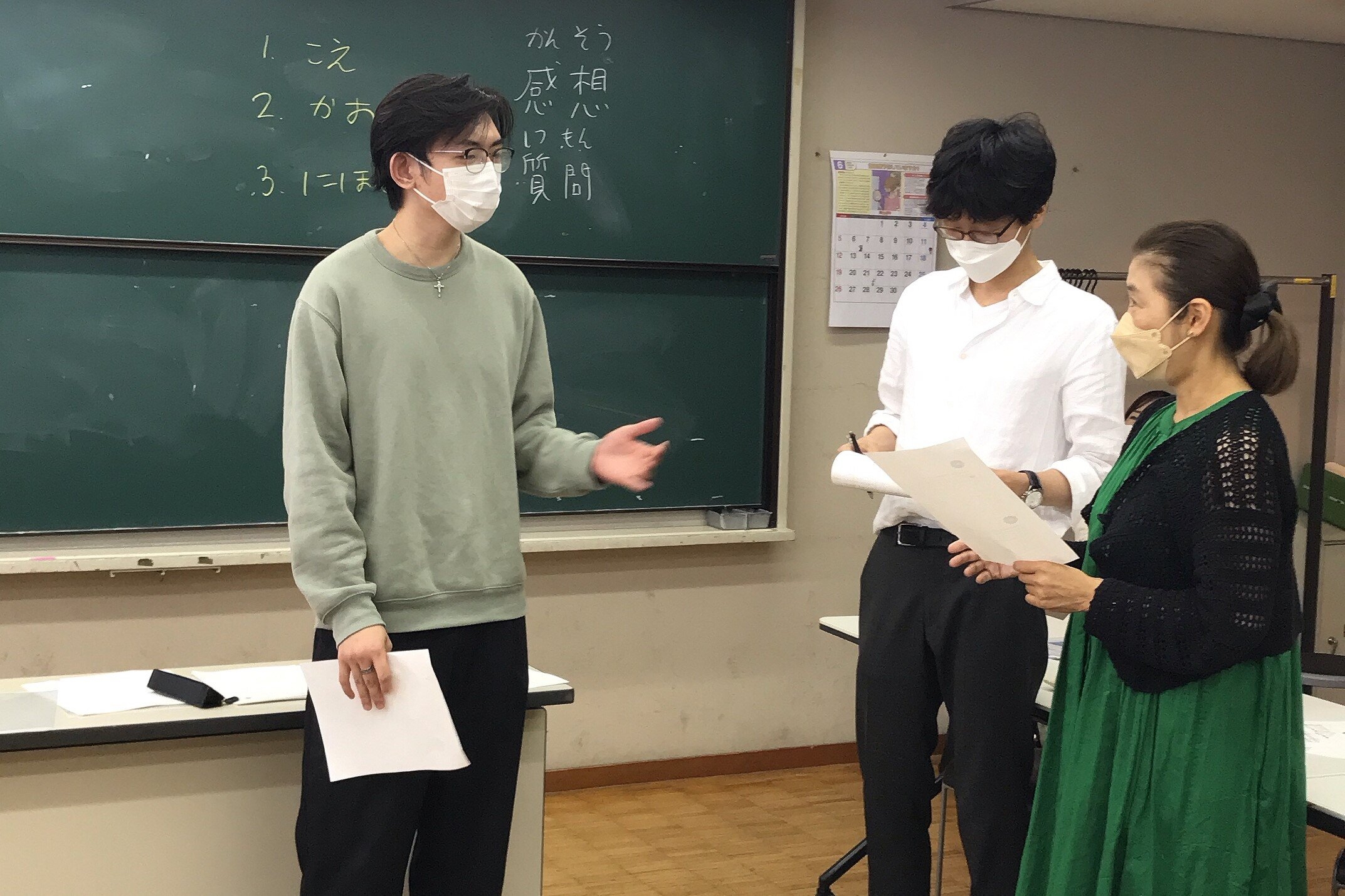Community "Nihongo Kyoshitsu" Activities Report, vol.2
In our second report, we would like to tell you about a Japanese language class "Toshima Nihongo Friends" that conducts activities in Toshima City!
The number of foreign residents in Toshima City is increasing year by year, reaching 25,440 as of May, and accounting for 8.91% of Toshima City's population. On average, foreign residents make up 3.7% of Tokyo's population, so, compared to that, we can see that Toshima City is home to a large number of foreign residents. A variety of cultures intersect in Toshima City, so what kind of activities are they doing there?
Until the Launch of Japanese Language Classes
In 2020, Du-san (Associate Professor, Gakushuin University International Centre) was the lecturer for the "Communication Course on Engaging in a Multicultural Society," and the people taking the course were people living in Toshima City and students at Gakushuin University. Together, the course's students learned plain Japanese and how to communicate with foreign residents.
A year after the course had ended, the students contacted Du-san and said, "We want to make use of what we learned in the course, but we don't have a place or an opportunity for activities."
In response to the students' enthusiasm, Du-san decided to create a space for practice. The former students changed to "friends," and began to set up a Japanese language class together with Du-san .
After a lot of trials and errors, and after a trial period, in May 2022 they finally began activities as "Toshima Nihongo Friends," a Japanese language class.
A Look Inside the Classroom
On the day that we toured the classroom, there were seven students and five volunteers.
The theme of the lesson was "My Strengths and Weaknesses."
The goals were "(1) Talk about your strengths and weaknesses to your partner in an easy-to-understand manner, and (2) Briefly introduce the strengths and weaknesses of your partner."
The classes are conducted using original teaching materials.
The goals are clearly stated, so students and immediately see what they can learn and what they will be able to do in today's class.
First, they have an ice breaker to develop an image of the theme.
The students then came up with words, one after another, that express their personalities, such as "otchokochoi(goofy)," "yujufudan(indecisive)," "sekkachi(impatient)," and "ochame(mischievous)."
Next, the learners think about themselves.
The volunteers follow up with the students by explaining things in plain Japanese, and occasionally by using the student's native language.
Finally, there are the presentations. The students don't just talk about themselves, but also form groups for introductions from other students.
Below is one of the presentations from a student.
"My weakness is that I'm shy. For example, I'm not good at talking to people I've just met for the first time."
"XX-san's strength is being interesting. For example, they always tell interesting stories and make their friends laugh."
Sometimes there is laughter, and the atmosphere is very peaceful.

Once the Japanese Language Classroom Had Started...
After the class, Du-san looked back on the four lessons so far.
In what felt like a response to the classroom activities, Du-san said that "I find it rewarding for people who grew up in different nationalities and cultures to get along with each other through Japanese language classes. Currently the classroom is only on Saturday, but I want to provide many opportunities to suit learners' styles."
On the other hand, there were also challenges that became apparent with repeated lessons, "The students are enjoying the lessons, but why are they attending? Sometimes I'm not sure if this is the right style for the classroom. I don't want it to just be a place for chatting. I want the students to find something to learn in the lessons."
"By having the students speak in Japanese, write sentences, and convey things to others, they can gain a sense of accomplishment and improve their Japanese proficiency. Volunteer support is needed for when the students want to talk about things beyond their level, and the volunteers are also thinking about 'How to draw out what the students want to say,'" so it appears that the presence of the volunteers is indispensable for problem solving.
After the Interview
Just as the name of the classroom says, this isn't a place where the teachers one-sidedly teach Japanese to the foreign residents who are students, and it was very impressive that the teachers (volunteers) and students built friend-like relationships, and that the lessons were established through mutual communication.
I think that it conveys to the students that the volunteers are making a variety of efforts and working hard to teach Japanese, and I think that is why the students can continue to seriously study because they have relationships of trust with the volunteers.
There is a diversity of people here, even in the small space of this Japanese language classroom, and I felt that there were hidden hints for the realization of the multicultural foundation that our foundation is promoting.
Real connections have tended to be weak amidst the COVID-19 pandemic, but it is precisely because of this situation that bonds between people are important, and I once again realized the importance of local residents connecting as members of the same community, of learning together, and of supporting each other in our daily lives.
Their activities have just begun, and I'm looking forward to where they go from here.
They are also posting about the class on social media.
HP: https://toshima-nihongo-friends.jimdosite.com/
Instagram: https://www.instagram.com/toshima.nihongo.friends/?hl=ja
Facebook: https://www.facebook.com/profile.php?id=100073791144691
Which classroom will we pay a visit to for the next Community Nihongo Kyoshitsu Activities Report? Please look forward to the next installment!
by. RN
